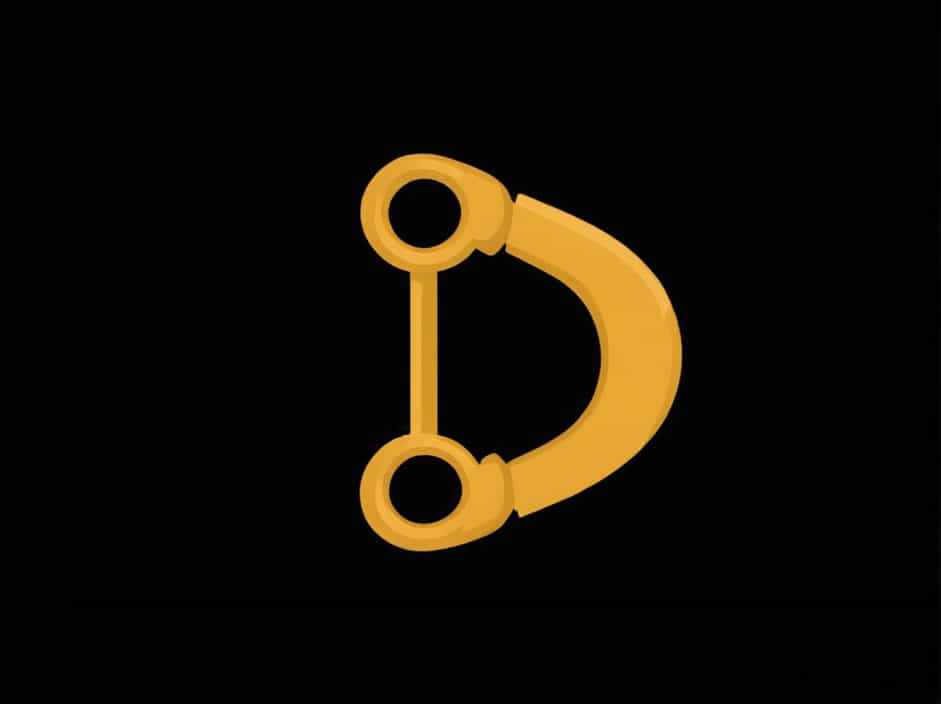The human ear is a complex organ responsible for hearing and balance. It consists of three main parts: the outer ear, middle ear, and inner ear. Among these, the middle ear contains three small but essential bones known as the ossicles: the hammer (malleus), anvil (incus), and stirrup (stapes). These tiny bones play a crucial role in transmitting sound vibrations from the outer ear to the inner ear, allowing us to perceive sound.
In this topic, we will explore the anatomy, function, and significance of the hammer, anvil, and stirrup in the hearing process.
Anatomy of the Middle Ear
The middle ear is an air-filled chamber located between the eardrum (tympanic membrane) and the cochlea in the inner ear. It contains the ossicles, which are the smallest bones in the human body. These bones work together to amplify and transfer sound vibrations from the eardrum to the inner ear.
1. Hammer (Malleus)
- The malleus is the first ossicle in the chain.
- It is shaped like a hammer, which is why it is called the hammer bone.
- It is attached to the tympanic membrane (eardrum) and receives sound vibrations directly from it.
- The handle of the malleus connects to the eardrum, while its head articulates with the anvil (incus).
2. Anvil (Incus)
- The incus is the middle ossicle and is shaped like an anvil.
- It serves as a bridge between the malleus and the stapes.
- The head of the incus connects to the malleus, and its long limb connects to the stirrup (stapes).
- It helps transfer vibrations from the malleus to the stapes.
3. Stirrup (Stapes)
- The stapes is the last ossicle and is shaped like a stirrup, the foot support on a saddle.
- It is the smallest bone in the human body.
- The footplate of the stapes is connected to the oval window, a membrane-covered opening leading to the inner ear.
- The stapes transmits amplified sound vibrations into the fluid-filled cochlea.
How the Ossicles Work Together to Transmit Sound
The hearing process involves the coordinated function of the hammer, anvil, and stirrup, along with other structures of the ear. Here’s how it works:
- Sound waves enter the ear canal and reach the eardrum, causing it to vibrate.
- These vibrations move the malleus, which is attached to the eardrum.
- The malleus transmits the vibrations to the incus, which then passes them to the stapes.
- The stapes amplifies the vibrations and sends them to the oval window, transferring the energy into the inner ear (cochlea).
- The cochlea converts these vibrations into electrical signals, which are sent to the brain via the auditory nerve, allowing us to perceive sound.
Importance of the Ossicles in Hearing
The ossicles play a crucial role in hearing by ensuring that sound vibrations reach the inner ear efficiently. Their significance includes:
- Amplification of Sound
- The ossicles increase the strength of sound waves, ensuring they are strong enough to be processed by the inner ear.
- Efficient Transmission
- They act as a bridge between the air-filled middle ear and the fluid-filled inner ear, preventing sound loss.
- Protection Against Loud Sounds
- The stapedius and tensor tympani muscles in the middle ear help dampen excessive vibrations, protecting the inner ear from damage.
Common Disorders Affecting the Ossicles
Damage or abnormalities in the hammer, anvil, or stirrup can lead to hearing loss and other auditory issues. Some common conditions include:
1. Otosclerosis
- A condition where the stapes becomes fixed due to abnormal bone growth.
- Prevents proper sound transmission, leading to gradual hearing loss.
2. Middle Ear Infections (Otitis Media)
- Fluid buildup and inflammation can affect the movement of the ossicles, causing temporary hearing impairment.
3. Ossicular Chain Disruption
- Trauma or injury can dislocate the ossicles, disrupting sound transmission.
- May require surgical repair.
4. Congenital Ossicular Abnormalities
- Some people are born with malformed ossicles, leading to conductive hearing loss.
Diagnosis and Treatment of Ossicle Disorders
If hearing problems are suspected, doctors may use the following diagnostic tests:
- Otoscopy – To examine the eardrum and middle ear.
- Tympanometry – To assess middle ear function.
- Audiometry – To measure hearing ability.
- CT Scan or MRI – To detect structural abnormalities.
Treatment Options
-
Hearing Aids
- Amplify sound for people with conductive hearing loss.
-
Ossiculoplasty (Surgical Repair)
- Reconstructs or replaces damaged ossicles.
-
Stapedectomy
- Surgical removal of the stapes in severe otosclerosis cases.
-
Antibiotics or Ear Tubes
- Used for treating chronic middle ear infections.
How to Protect Your Ear Health
Maintaining healthy hearing involves protecting the middle ear and the ossicles. Here are some tips:
1. Avoid Loud Noises
- Use ear protection in noisy environments to prevent damage.
2. Keep Ears Clean
- Do not insert objects into the ear canal to avoid damaging the eardrum and ossicles.
3. Treat Infections Promptly
- Seek medical care for ear infections to prevent complications.
4. Regular Hearing Check-ups
- Early diagnosis can help manage conditions before they worsen.
The hammer (malleus), anvil (incus), and stirrup (stapes) are essential bones in the middle ear that play a crucial role in hearing. These ossicles transmit and amplify sound waves, allowing us to perceive a wide range of sounds.
Understanding their function, importance, and potential disorders can help us protect our hearing and seek early treatment if issues arise. By taking care of our ears and being aware of hearing health, we can ensure optimal auditory function throughout our lives.
